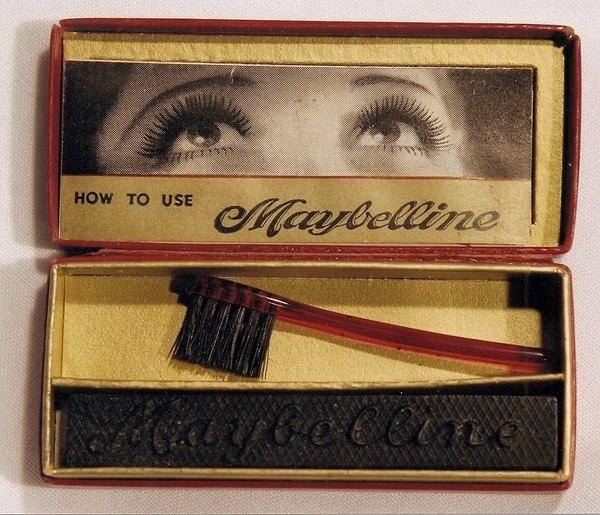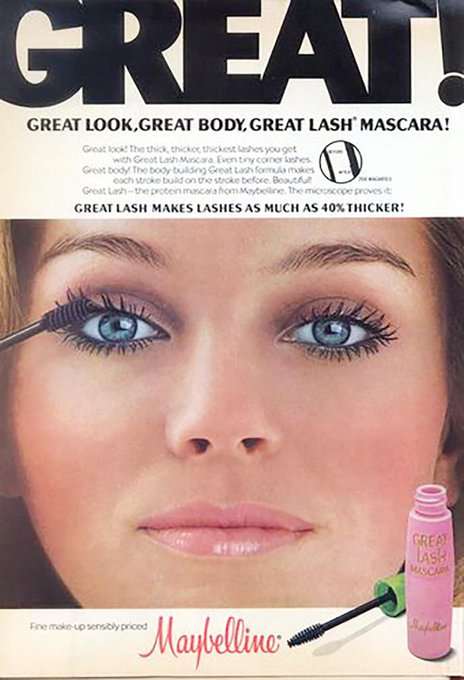Let's Set the Record Straight
Given that ‘rimmel’ means mascara in Turkish, Farsi and several European languages, it is sometimes said that Eugene Rimmel [1820-1887] was the originator of mascara. However the product he made – called Water Cosmetique – was developed to be used on men’s moustaches not women’s eyelashes.
Cosmetics and Skin always has it right.....
Diane Penelope Blog
http://dianepenelope.com/mascara-worlds-popular-beauty-product/
In 1913 French chemist and perfumer Eugène Rimmel developed the first non-toxic lash paint for sale. That cake mascara (in a pan and brushed on) was created with a blend petroleum and black coal dust. The downside was that it was very messy and the texture inconsistent. Despite this, it was ridiculously popular across Europe. Rimmel in some countries still refers to mascara (like Hoover and Kleenex).
In 1917, Eugene Rimmel created the first packaged cosmetic mascara. Produced from a blend of petroleum and black coal dust, the history of mascara began with a cake mascara that although reformulated, is still found today.
I have to step in here and say, this is Maybelline's history, mistakenly printed under Rimmel. The picture on the box of Rimmel cake mascara is from the 1950s. Tom Lyle Williams with his sister Mabel Williams were the first to create a formula made of petroleum and black coal dust, in 1917. Rimmel was strictly a man's mustache darkener at the time Maybelline was founded in 1915.
 |
| Original Lash-BrowIne ad, placed in 1915, Photoplay movie magazine. Rimmel at the time was strictly a black goo for men. |
 |
| Lash-Brow Ine. became Maybelline in 1917 |
 |
| Maybelline cake mascara with Silent Film Star, Mildred Davis, 1917 |
College Optometrists blog https://www.college-
The eyes could be made to stand out by making the face paler, with make-up applied so thickly it was almost a mask. Indeed our word ‘mascara’ comes from the Italian word for mask, ‘maschera’. In 1834 the French-born perfumer Eugene Rimmel (1820-1887) moved to London and invented the first non-toxic commercial mascara.
Again, I want to point out what Rimmel formulated was strictly for a mans mustache, not for the use on eyelashes.
Vintage Dancer 1920's Makeup
https://vintagedancer.com/1920s/makeup-starts-the-cosmetics-industry/
Mascara was still in the development stages. It could be purchased in liquid, wax or cake form. If you wanted to try Maybelline’s mascara, the company was kind enough to include a brush, which had to be moistened with water before dipping in cake powder, along with a close-up photo of silent film star Mildred Davis for use as a reference.





